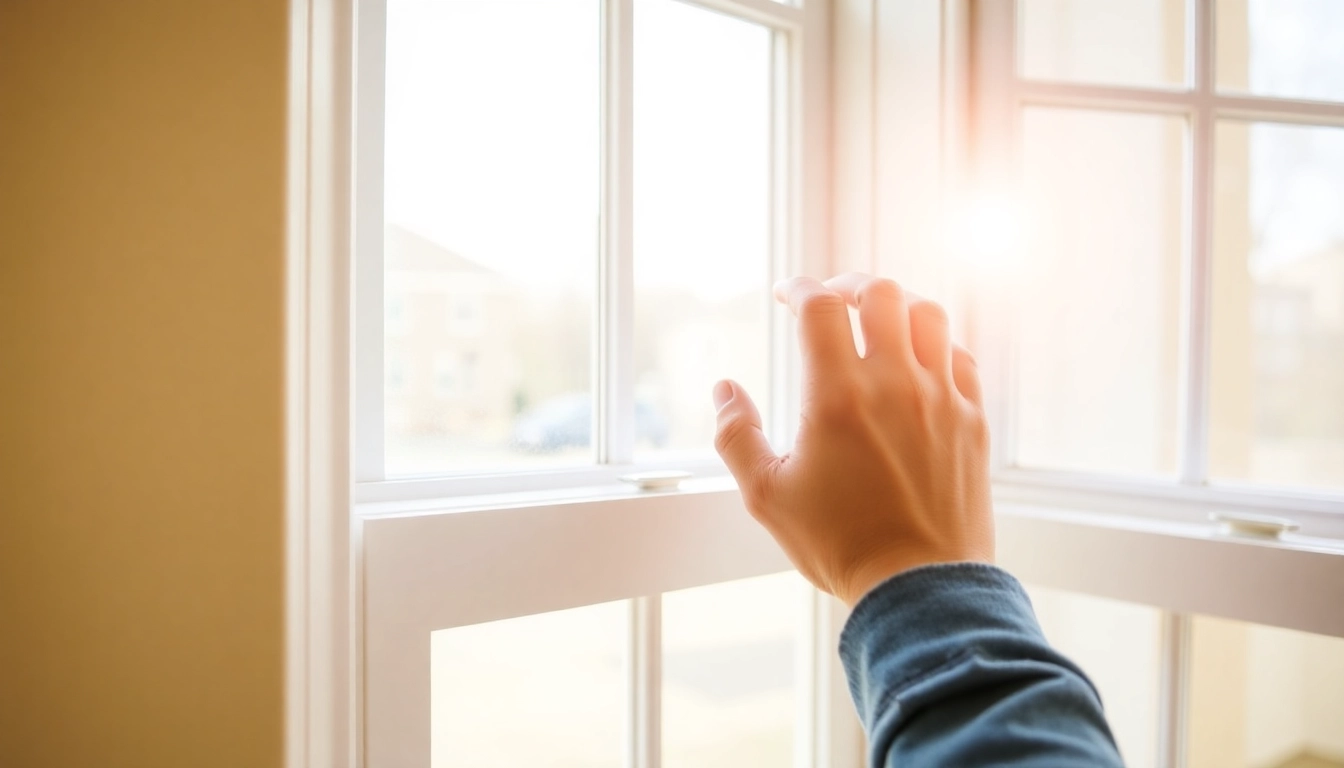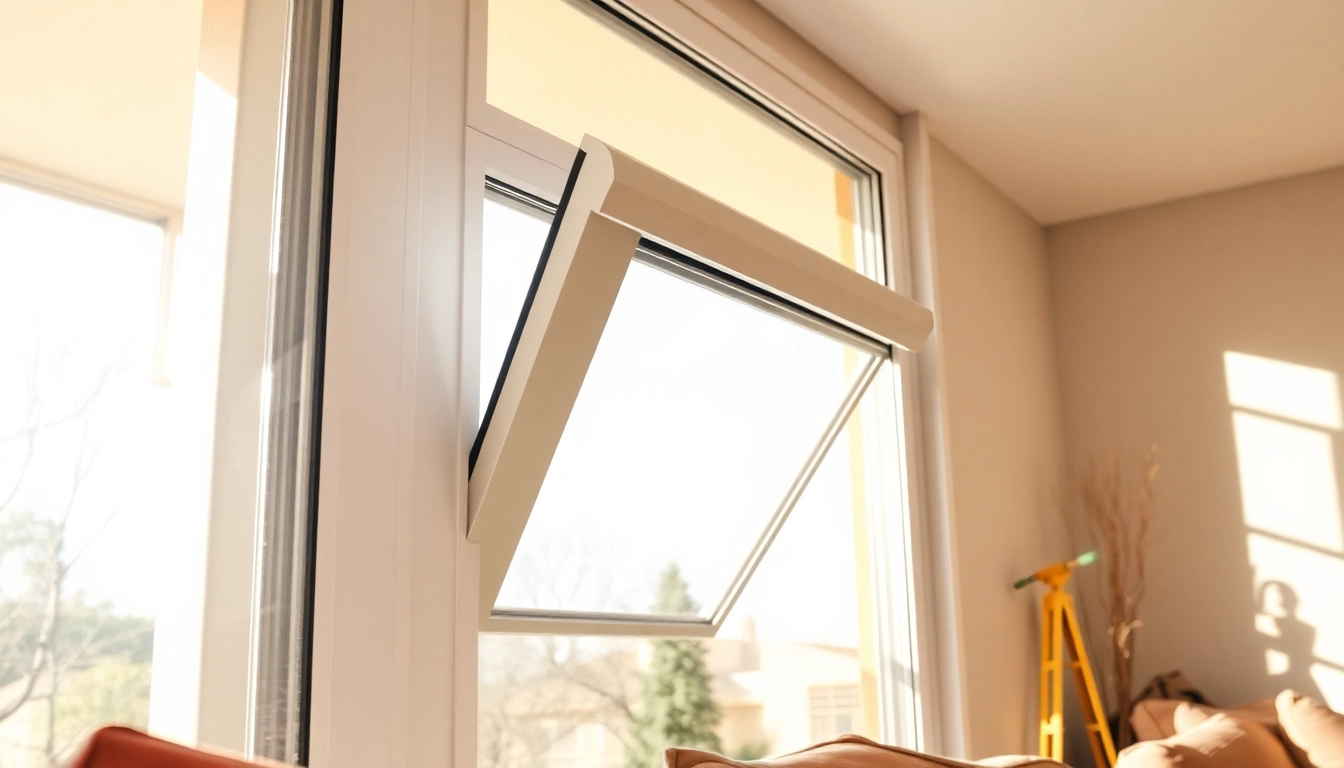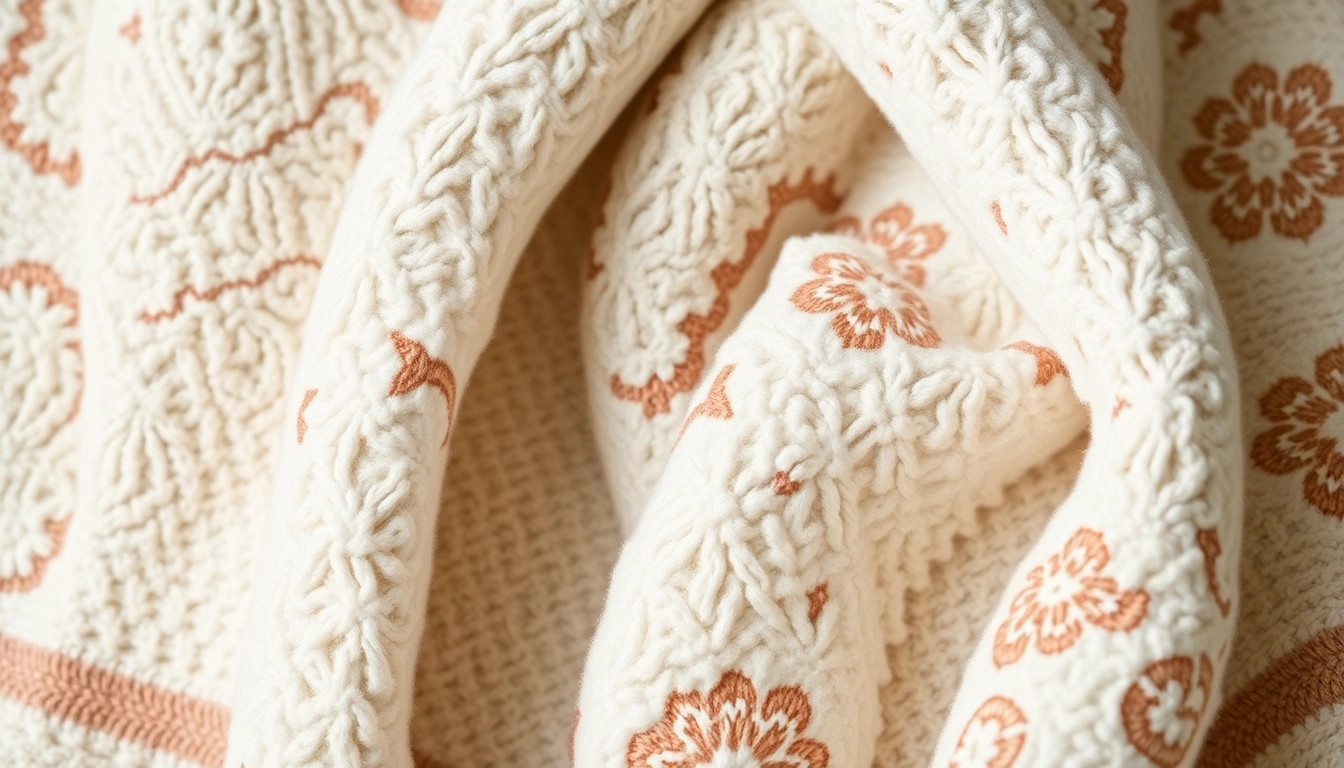Understanding the Importance of Draught-proofing Sash Windows
Traditional sash windows are a hallmark of classic British architecture, prized for their aesthetic appeal and historical significance. However, their age and design often present challenges related to thermal efficiency and comfort. One of the most common issues faced by homeowners with heritage sash windows is unwanted draughts—pervasive cold air that seeps through gaps and cracks, resulting in increased heating costs and reduced comfort. For those seeking to preserve the authentic charm of their original windows while improving their energy performance, draught-proofing sash windows becomes an essential strategy.
Effective draught-proofing not only enhances indoor comfort but also contributes significantly to energy efficiency, reduces noise pollution, and extends the lifespan of your windows by minimizing wear and tear from air movement. As experts in providing bespoke solutions, Draught-proofing sash windows offers a path to maintain the traditional integrity of your windows while implementing modern sealing techniques.
Why Draught-proofing Matters for Traditional Windows
Old sash windows are notorious for their susceptibility to draughts, primarily due to the natural aging of materials, wear of seals, and the inherent design that involves multiple moving parts. Over time, the wooden frames develop cracks, the wools or cords inside sashes degrade, and the original sealing mechanisms become less effective, leading to significant heat loss. As a consequence, homeowners often face higher energy bills, inconsistent indoor temperatures, and persistent issues with cold drafts during winter months.
Beyond comfort, draught-proofing is a critical component in the conservation of historic buildings. Modern interventions should enhance energy performance without compromising the window’s original character. This delicate balance requires tailored sealing solutions that respect the integrity of heritage windows while delivering tangible improvements in thermal insulation.
Common Challenges with Old Sash Windows
Several challenges are inherent in maintaining and improving traditional sash windows:
- Degraded seals and weatherstripping: Over decades, original seals deteriorate, increasing heat loss and draftiness.
- Gaps and cracks in timber frames: Age and weathering often cause gaps that let in cold air.
- Misaligned sashes: Warping or swelling of wood can prevent sashes from closing properly, exacerbating draught issues.
- Rattling and noise infiltration: Loose fittings can lead to rattling sounds and increased noise pollution, further reducing comfort.
- Preservation constraints: Certain conservation standards limit the extent of physical alterations, necessitating discreet and reversible solutions.
Benefits of Proper Draught-proofing
Implementing comprehensive draught-proofing measures can yield multiple benefits:
- Enhanced thermal comfort: Reduced cold air ingress results in a warmer indoor environment, especially during winter.
- Lower energy bills: Better insulation reduces the need for heating, saving money over time.
- Increased window lifespan: Minimized mechanical wear lowers maintenance costs and prolongs window functionality.
- Noise reduction: Seals help block external noise, creating a quieter living space.
- Conservation compliance: Proper techniques preserve the historic integrity, ensuring compliance with heritage guidelines.
Types of Draught-proofing Solutions for Sash Windows
Weatherstripping and Seals
Weatherstripping remains the most direct and effective method to seal gaps around sashes. This involves applying specialized strips of durable materials—such as rubber, foam, or metal—to the edges of sashes and frames. These materials are designed to compress and adapt to irregular gaps, preventing air infiltration while allowing smooth operation of the sashes.
Modern weatherstripping options include self-adhesive rubber or silicone strips, V-type weatherstrips, and more traditional brush seals. These solutions are reversible, cost-effective, and can be customized to fit various window styles, making them suitable for both DIY enthusiasts and professional installers.
Brush and Bead Applications
Brush seals and beading are a classic approach, particularly favored for heritage properties because of their minimal visual impact. Brush seals attach along the sash or frame’s edges and form a flexible barrier against draughts. Bead systems, such as plastic or metal beading, can incorporate rubber or felt inserts that serve as weatherstripping.
In addition to sealing, these applications can improve the smoothness of sash sliding, reducing rattling and enhancing ease of operation. Careful installation is essential to maintain the aesthetic appeal and ensure consistent seals over time.
Innovative Gap Fillers and Insulation Kits
Advances in technology have introduced specialized gap fillers and insulation kits tailored for sash windows. These include products like Gapseal, which are flexible, removable, and designed to fill the gaps in the window frame without permanent modifications. Such fillers serve as an effective barrier against cold air, significantly improving energy efficiency.
Insulation kits may also incorporate thermal glass or secondary glazing systems, which are considered some of the most effective means for cold climates. These solutions can often be installed temporarily, allowing homeowners to balance between preservation and energy performance without compromising their property’s heritage status.
Step-by-Step Guide to Draught-proof Your Sash Windows
Assessing and Preparing Your Windows
The initial step in draught-proofing is a thorough assessment. Inspect all accessible parts of the window for gaps, cracks, and deterioration. Pay particular attention to:
- Gaps between sashes and frames
- Damaged or missing seals
- Misaligned sashes or hardware issues
- Signs of rot or swelling that might hinder window operation
Preparation involves cleaning all surfaces, removing old paint or deteriorated sealant, and ensuring that sashes move smoothly. Accurate assessment guides the selection of appropriate materials and ensures a more effective sealing process.
Choosing the Right Draught-proofing Materials
Select materials that match your window style, conservation constraints, and budget. For heritage sash windows, discreet solutions like high-quality brush seals or reversible weatherstrips are preferable. For modern or less constrained projects, flexible foam tapes or gap fillers may be suitable.
Consider the climate and typical temperature fluctuations in your area to determine the degree of insulation needed. Products like secondary glazing or insulated beads might be warranted in colder regions.
Installation Tips for Optimal Performance
For best results, follow these installation guidelines:
- Ensure proper fit: Cut seals or beading to length and fit snugly without warping sashes.
- Clean surfaces: Remove dust, grease, or old sealant for better adhesion.
- Use appropriate tools: Use fine brushes, screwdrivers, or specialized applicators recommended by manufacturers.
- Maintain sash operation: Test regularly during installation to ensure seals do not hinder movement.
- Reversible approach: Opt for solutions that can be removed or adjusted without damage for future maintenance or heritage requirements.
DIY vs. Professional Draught-proofing: Which Is Better?
Cost, Skill, and Time Considerations
DIY draught-proofing offers a cost-effective way to improve your windows, generally requiring only basic tools, materials, and some patience. This approach is ideal for homeowners confident in their skills, provided the design is simple and accessible.
Professional services, on the other hand, include expert assessment, bespoke solutions, and precise installation, often ensuring better long-term performance. Although more costly upfront, their work minimizes errors, preserves aesthetic details, and adheres to conservation standards.
When to Hire an Expert for Best Results
Consult a professional if you face complex issues such as:
- Severe warping or structural damage
- Historic conservation guidelines restrict DIY modifications
- Multiple windows requiring consistent treatment
- Desire for high-performance insulation and secondary glazing
Professionals possess specialized tools, experience, and knowledge to implement solutions that are durable, reversible, and compliant with heritage regulations.
Maintaining and Replacing Draught-proofing Components
Continual maintenance extends the lifespan of draught-proofing measures. Regularly inspect seals and beading for signs of wear or damage, and replace them promptly. In high-use areas, consider upgrading to more advanced materials to improve performance and longevity.
Maximizing Energy Efficiency and Comfort in Your Home
Additional Insulation and Secondary Glazing
Beyond sealing, adding secondary glazing involves fitting an extra pane of glass or acrylic behind your existing sash window, creating a sealed cavity that greatly reduces heat loss. These systems are removable and reversible, fitting well within heritage conservation frameworks.
Other options include insulated curtains and thermal blinds, which further reduce heat transfer through windows during the colder months.
Sealing Other Gaps and Draft Points
To optimize overall thermal performance, address other common draft points such as sill gaps, door thresholds, and attic hatches. Using gap fillers, draft snakes, and door seals can significantly bolster your home’s energy efficiency.
Tips for Reducing Heat Loss During Cold Seasons
- Utilize heavy curtains or linked shutters at night to trap warmth
- Seal all accessible gaps with high-quality weatherstrips or sealants
- Implement secondary glazing where feasible
- Maintain heating systems and radiators for uniform heat distribution
- Ensure consistent insulation throughout the property, including lofts and walls




